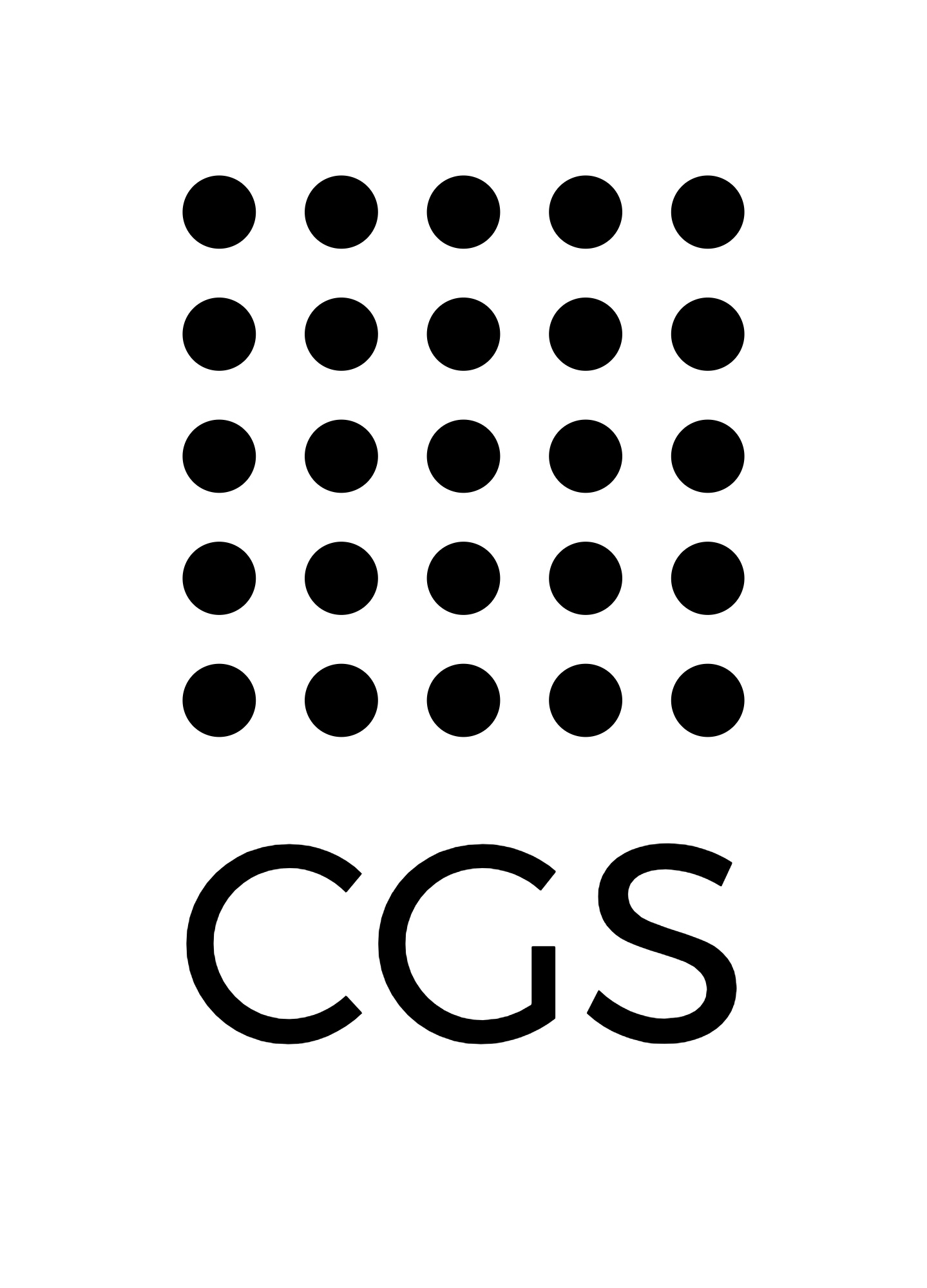A reading list for end-of-life
These resources have been chosen to support you when it’s time to shift from “hope for a cure” to “hope for as many good days as possible.” They range from conversation starters to checklists to longer explorations of the many facets of end-of-life.
Advance care planning
The need for advance care planning forces us to really understand what our loved ones value in life and hope to preserve as long as possible. The Canadian Hospice Palliative Care Association has published a wonderful guide to advance care planning which includes a set of questions to guide difficult conversations on pages 19-21. It is available for download online here.
How to care for someone who is dying
A Caregiver's Guide is often provided to families when they enter community/visiting or residential hospice. It teaches how you can be actively involved with the care of your loved one or understand the work of hospice staff. It has good information on compassionate care leave, paperwork, and logistics following a death. For all provinces.
Peden, K. M. J., & Hycha, J. H. D. (2014). A handbook about end of life care. The Order of St. Lazarus.
How to make tough medical choices
Everyone will recommend reading Atul Gawande’s Being Mortal, and it is a fabulous read about what really matters at end of life. A full read will help you be prepared and ready to make difficult choices in step with the dying person’s values and wishes. If you don’t have time for the full book, try articles such as https://www.newyorker.com/magazine/2010/08/02/letting-go-2 and https://www.nytimes.com/2014/11/09/books/review/atul-gawande-being-mortal-review.html, or see one of Gawande’s many talks on YouTube.
Gawande, A. (2017). Being mortal: medicine and what matters in the end. New York: Picador, Metropolitan Books, Henry Holt and Company.
What dying is really like
Some clients find it’s useful to know exactly what the dying process might look like, physically, and psychologically. This website, When Death is Near, provides unflinching answers to questions you never knew you needed to ask.
How to have the important conversations
The Four Things That Matter Most is Ira Byock’s transformative book and helps us to value and guide our relationships with the living and the dying. It will help you stay focussed on love and relationship throughout the end-of-life transition.
Byock, I. (2014). The Four Things That Matter Most: A Book About Living. Simon and Schuster.
If you have kids…
If your loved one is in hospice, this is a gentle introduction for younger family members and friends.
McQuaig, D., & Boake, A. (2013). Dougie the hospice dog. Toronto, Ontario: Kensington Foundation.
To understand dying in a non-threatening way, the author of the Arthur series has written When Dinosaurs Die, a comprehensive, kid-friendly look at dying, grieving and mourning.
Brown, L. K., & Brown, M. T. (2009). When dinosaurs die: a guide to understanding death. New York: Little, Brown and Company.

